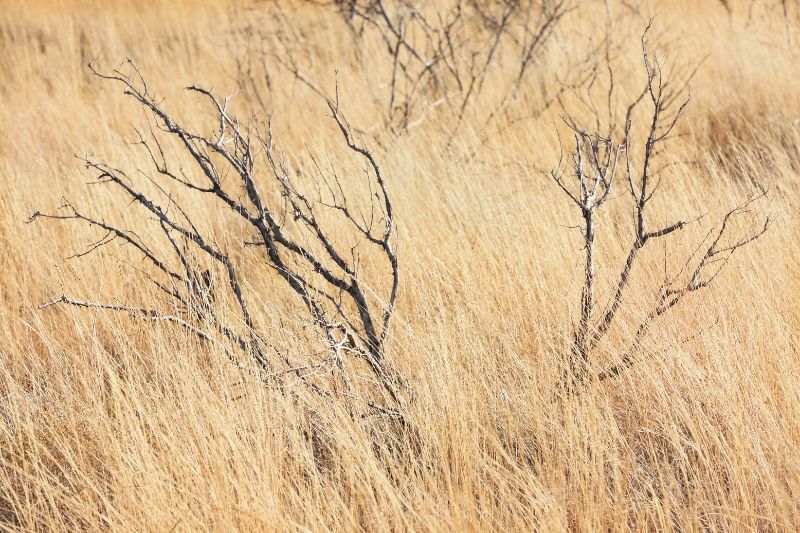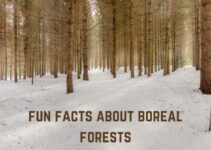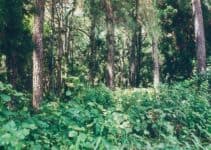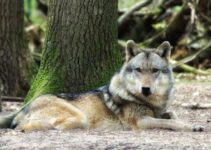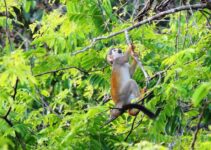The Chaparral biome is a terrestrial ecosystem characterized by its distinct Mediterranean climate, featuring warm and dry summers, as well as mild and wet winters.
This biome is typically found in regions with specific climate patterns and is home to a unique array of plant and animal species adapted to its challenging environmental conditions.
Herein, we will take a look at Chaparral biomes that have been found in locations across the world. We will pay particular attention to those in the US, South America, South Africa and other parts of the world. We will discuss these biomes and help you better understand their meaning to the world.
Location
Tiny portions of the Chaparral biome are scattered across every continent, encompassing diverse landscapes such as mountains and plains.
This includes:
- US West Coast
- South America’s West Coast
- South Africa’s Cape Town
- Australia’s Western tip
- Coast of the Mediterranean
Some areas are more noticeable for the biome than others. You’ll find various terrain in the chaparral biome, including rocky hills, flat plains, and mountain slopes.
A sample of the type of terrain is what you might see in the background of many movies set in the Old West. Located from 30° to 50° N and 30° to 40° S latitudes, US residents may be most familiar with the chaparral climate of the central and southern coasts of California, which will be discussed later.
Chaparral biomes are situated in mid-latitude climates, primarily along the western edges of continents, within the path of prevailing westerly winds. Köppen’s climate classification system provides a means of categorizing these biomes as “Cs.”
In this system, “C” designates warm temperature climates, where the average temperature in the coldest month remains around 64°F. The “s” indicates the presence of a dry summer season in the hemisphere where the biome is situated.
Climate
The climate of the chaparral biome is very hot and dry.
- Winters there tend to be very mild, with temperatures of about 50 °F. The winter climate is also known as the Mediterranean climate, which, while not very rainy, is typically mild and moist.
- Most of the precipitation occurring in the Biome occurs during the winter months. Summers, which tend to be hot and dry, run about 104 °F but can range from 30° to 120 °F.
- Summers are unique in the biome because while it can get very hot, temperatures can quickly drop to nearly freezing. Fires and droughts in the chaparral are very common in the summer. Rain totals in the biome average between 10-17 inches annually, most of that occurring during the winter. It receives more rainfall per year than the desert biome.
The weather found in the biome is constantly changing. Conditions can change vastly from day to night, and the animals and plants that live in these areas must learn how to quickly adapt to these constant changes.
Temperature
Temperatures in the Chaparral biome are typically very hot during the day and cool to cold at night.
Summer days can see temperatures of 15° to 30° degrees. Winter days are cooler, ranging from 4° to 20° degrees.
The Chaparral biome has an average temperature of 18° degrees. The annual temperature range is between -1° and 38° C (30° and 100° F).
Rainfall
The Chaparral biome is relatively dry and receives only 25 to 44 cm of rain a year, predominantly in the winter rain season.
But in California, rainfall amounts of 100 cm (40”) may occur at northern and high-elevation locations.
Summer sees approximately 0 to 5 cm of rain, and because of this, droughts are commonplace. Most rain comes in the winter.
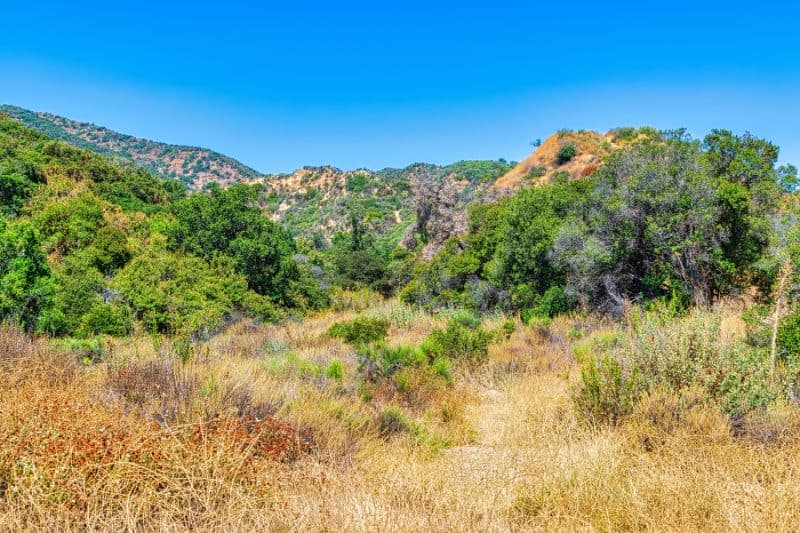
Geographical Characteristics
Located near coastlines, Chaparral biomes are geographically varied and cover a vast terrain, from forests, shrublands and plains to the Rocky Mountains and hillsides.
Another characteristic of the Chaparral biome is its tendency to intersect with deserts and other arid biomes. Nearly all Chaparral biomes lie within an area of westerly wind and, as such, tend to form on the west side of continents.
Landscape and Terrain
The terrain in the Chaparral biome is characterized as being rocky and dry, with poor soil quality and little moisture. The Chaparral biome ranges across a large variety of terrain, and as such, it houses numerous species of both animal and plant life.
Soil
Chaparral soils range from deep, weakly developed soils to shallow, rocky soils. The soil of the biome is typically dry and dusty, with little nutrients. Generally, chaparral is thought to occur upon thin, porous, and rocky soils that are relatively low in nitrogen, potassium and phosphorous.
Due to their coarse grain size and high content of weatherable minerals, these soils are susceptible to erosion and, on steeper slopes, to landslides. Below the layer of soil, there is typically a thin layer of clay or rock. The soil conditions make it very difficult for any vegetation to grow.
The soil supporting chaparral is 30 to 40 ft deep and is hydrologically important, even though total porosity may only be 20 to 25 %. Because of deep weathering, this zone can store much of the winter rain, which the deep-rooted shrubs use during dry periods.
Humidity
The Chaparral biome has a low humidity year-round, but the humidity level rises somewhat during winter when more moisture is present.
Altitude
The Chaparral biome typically ranges from sea level up to 1500 meters, although it can be found at altitudes as high as 2000 meters. It is typically found in low-altitude areas as it forms near coastlines but can reach higher elevations.
Due to the variety and wide range of geographical areas in which the biome is located, there is a large difference between the maximum and minimum altitude.
Light
Similar to deserts, the Chaparral biome has a very low moisture content in the air and as such, clouds rarely form. Light in the Chaparral biome is constant and bright.
Seasons
The Chaparral biome has two main seasons:
- A hot and dry summer season: This lasts for around five months.
- Wet winter: This is when virtually all of the biome’s rainfall occurs
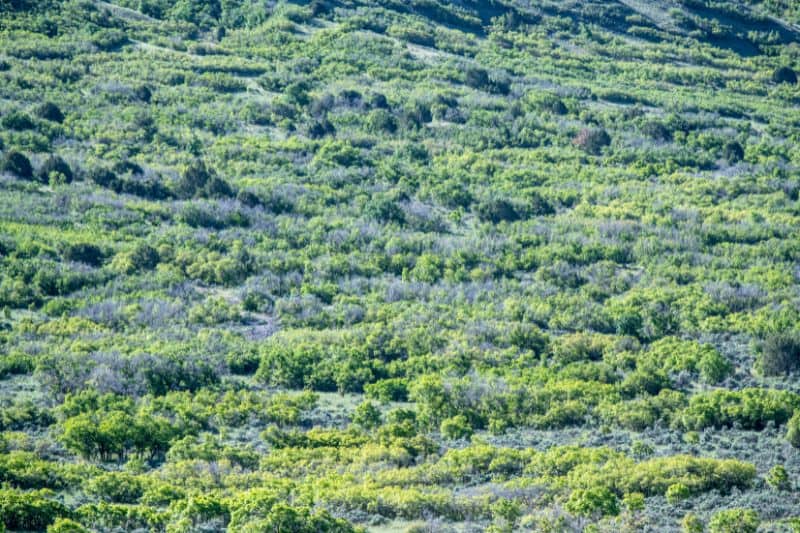
Plants of Chaparral Biome
Plants and animals in the chaparral biome are uniquely adapted to this environment.
- Many of the over 2,000 plant varieties growing in this biome are marked by their characteristic hard, small leaves that can hold significant amounts of moisture.
- Some plants also have leaves with a hairy texture, designed to hold onto and efficiently use water.
- Plants in the chaparral biome have root systems designed to get as much water as possible.
- Interestingly, plants in this biome have leaves made from highly flammable materials. However, some have adapted to withstand the intense heat of fires and then bloom. These plants have seeds which lay dormant during normal conditions, but in the event of a fire, their seed casing cracks open and begins to sprout.
Common plants in the biome include poison oak, Yucca Wiple, shrubs, toyon, chamise, trees, and cacti. Oak trees, pines and mahogany trees also do well in the biome.
The chaparral biome of Australia consists mainly of dwarf eucalyptus trees. Because of the long summer, only plants with hard leaves, such as scrub oaks and chamise shrubs, can survive.
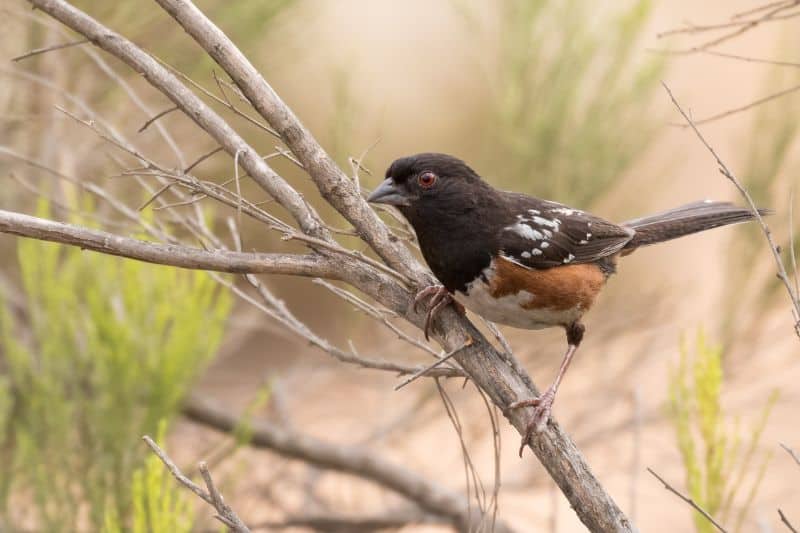
Animals of Chaparral Biome
Several animals, along with over 100 types of birds, are typically native to grassland and desert-type environments, having adapted to hot, dry climates and doing so very well.
These animals survive with the use of very little water. The hot temperatures have become normal for them, so they’ve also learned how to adapt to the sometimes extreme temperatures.
These animals are found active at night as it is too hot to search for prey during the day. Some examples of birds and animals that thrive in the challenging chaparral biome conditions include:
- Acorn woodpeckers
- Jackrabbits
- Mule deer
- Coyotes
- Alligator lizards
- Praying mantis
- Horned toads
- Ladybugs
- Honeybees
In Europe, one may find rabbits, vultures, sheep, cattle, mouflon, horses, lynx, wild boar and eagles.

Wildfires
Wildfires play a significant part in the ecosystem of the Chaparral environment. Fire is common due to the dry, moisture-less nature of the environment. Many plant species rely on wildfires to renew soil by recycling nutrients and assisting them in growth.
The Chaparral Biome of California
In further looking at the US chaparral biome in California, also known as the woodlands and grasslands of California, you’ll find the biome in a section of the Sierra Nevada.
The coastal range lies at 53° to 65º latitude on the coast and 32° to 60º North in the mountain range. The chaparral peaks about 5,000 feet above sea level amidst steeply sloped mountains. Valleys and streams are widely spaced from one another but will run very narrow.
- In California’s portion of the chaparral biome, temperatures usually range at temperatures of 53° to 65° F on the coast and 32° to 60° F in the mountain ranges.
- It typically rains 12 to 40 inches annually in these areas, mostly during the cold winter but sometimes in the Fall and Spring.
- Precipitation is usually higher at the higher elevations.
- There’s little snow, and what does occur tends to melt quickly.
- You’ll find all four seasons in the biome, even though they are not marked by as significant temperature swings as in some regions.
In this region, animals, including Acorn Woodpeckers and Sonoma Chipmunks, call the area home. Mahoganies, pines, and oak represent the types of plants that you will find in this very hot and humid area.
Both the animals and the plants in the area have adapted to the higher-than-normal temperatures, and the many wildfires occurring in the state each year have also become quite the norm.
In fact, many of the lifeforms found in the area depend upon those fires to help with the regeneration process. Plants survive with little water needed. They use waxy leaves to conserve water.
Human interference in California’s chaparral has been a mixed blessing. While the harvesting of trees has harmed birds and animals, some areas of the biome have been helped by repairing water sources and other areas that animals and water diversion have destroyed.
It seems that so often, humans come along, and while they feel they are helping, they actually destroy the flow of things, the adaptations that have been made to survive in these areas.
- Human interference distracts the balance of the way of life. Just the fact that people build homes in these areas causes a threat to the population of animals and plants. Santa Barbara, CA, is a Biome area that is also a very popular place to call home.
- People choose Biome areas because of their grandeur and beauty, unaware that they are affecting anything at all. This is just one area in California that has seen interference due to human contact.
- Also, a huge threat is pollution in these areas. California is one of the worst places for air pollution. Pollution occurs in many ways, including the growth of industrial pollution, vehicle emissions, etc.
- Hunting is a final cause of trouble in the biome areas. When animals are hunted, it definitely causes strain on the population of this particular type of species. Animal shortage hurts in many ways.
- In addition to hunting, some animals have ventured out to areas other than their natural habitats. Some never return, also causing threats to the biome area.
Final Thoughts
The Chaparral biomes are closer to home than what you may have realized before. These areas are easy to identify due to their irregular temperatures that often bring hot and humid summers and wet winters.
The California area biome is probably one that is most familiar to most of us. Every single day we have an up-close and personal look at human interference with the biome, and the after-effects of that interference. The Chaparral biomes found all across the continents provide us with a different outlook and a different atmosphere to enjoy.
